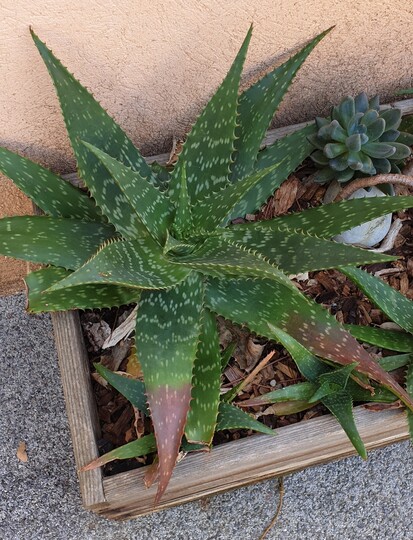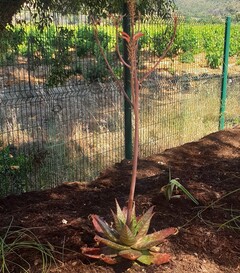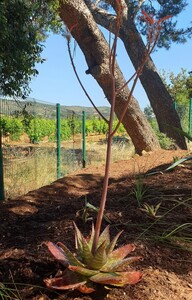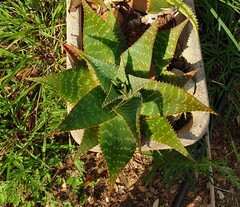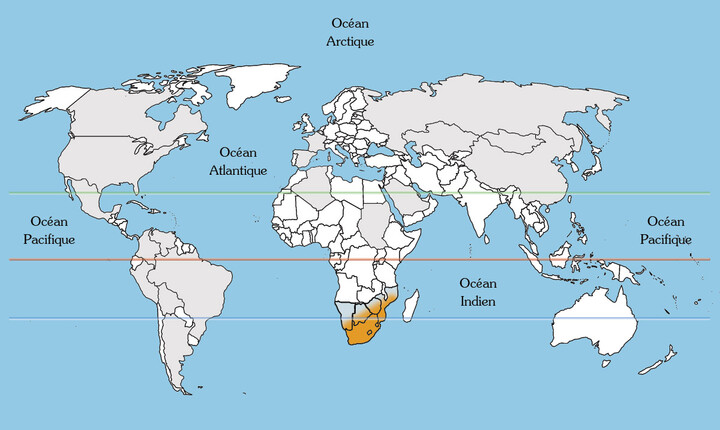Speckled Aloe at the campsite
Presentation
Robust and aesthetic
Although it is often mistaken for agave due to its stiff and fleshy leaves, Speckled Aloe is actually easy to recognize thanks to its particular colour: green speckled with white, red or brown.
Originating from South Africa, it usually flowers in late spring. Holidaymakers staying at our four-star campsite Les Jardins de la Pascalinette® early in the season will therefore be lucky enough to see it in bloom!
Renowned medicinal properties
In addition to being aesthetically pleasing, this wonderful plant also has medicinal properties similar to those of classic Aloe Vera. The gel contained in its leaves is reputed for its soothing and healing properties and has been used for many centuries to treat burns, skin irritations and sunburn (very practical if you accidentally nod off by the pool at the campsite’s water park!).
Speckled Aloe is easy to grow and thrives in bright sunshine and a well-drained soil.
Like many succulents, it is very resistant to arid climes and requires little upkeep, making it a popular choice for dry gardens and well-lit interiors alike.
With its unique blend of beauty and health benefits, Speckled Aloe is a precious addition to every Mediterranean-style garden and succulent plant collection.
Its flowers attract bees, butterflies and birds… And enrich the campsite with the Provencal animals we love and protect!
Where to find it at the campsite
You’ll find Speckled Aloe in our “Jardin des Cactus” (nr. 2 on the campsite plan) and “Jardin de la Pascalette” (nr. 19).
Identity
| Latin name : | Aloe maculata |
|---|---|
| Family : | Aloeaceae |
| Genus : | Aloe |
| Species : | maculata syn = saponaria |
| Color : | Green |
| Origin : | South Africa |
| Foliage : | Evergreen |
| Port : | Succulent |
| Height : | Up to 80 cm |
| Flowering : | April to June |
Did you know?
The sap of Speckled Aloe is sometimes used in cosmetics or as soap, but its seeds are poisonous.

